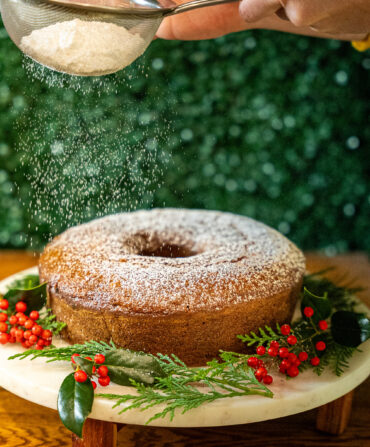Modern science—bless its little, white- coated heart—has linked something on the order of five hundred chemical compounds to the flavor of smoke. Some of them are good—creating those intriguing undertones in a perfectly toasted campfire marshmallow. Other compounds are less desirable, bringing to mind an ashtray left overnight in the rain.
Makers of Scotch and mezcal have devoted generations to figuring out how to highlight the pleasing smoke flavors while shunning the off-putting. Scotch takes on its smoky tang during the drying of the barley malt, which is often done by beleaguering it with the smoke from dried mosses, sedges, and such, which are found in local peat. Artisanal mezcal fraternizes with smoke when the agaves that make the spirit are piled atop firewood in a pit, which is then covered with earth and left to smolder for days. (For tequila, agave is typically cooked in more modern brick ovens or stainless-steel autoclaves, or even blasted apart in a diffuser, which is why tequila doesn’t smell like a campfire.)
Smoke, no matter how desirable, can be difficult to tame in cocktails—it often shows the baser instincts of a bully and is quick to overpower meeker flavors. So it seemed brilliant when Amanda Schmadel, a bartender at Barrel Proof in New Orleans, served us a drink she made not only with mezcal, but also with a second smoky compound.
The secondary smoke comes from Amaro Sfumato Rabarbaro, an Italian bitter liqueur named after the Renaissance painting style famously used by Leonardo da Vinci. (The artist described the technique, which he used in creating the Mona Lisa, as “without lines or borders, in the manner of smoke.”) Sfumato is made in large part of rhubarb root, which unlike the plant’s fruity stalk has a naturally smoky flavor. “No wood is harmed in the making of Sfumato,” says Jake Parrott, the importer’s national sales manager. “No smoking, no burning, no nothing.”
Schmadel set out to make a mezcal variation on a New York sour, which is an antique version of the whiskey sour featuring a dollop of red wine to add depth and color. But Schmadel discarded the wine idea ear ly on—it couldn’t stand up to the bossy mezcal—and then tried a half dozen amari before settling on the Sfumato. Blending that one kind of smokiness with another helped make the drink come alive, she says. “All the others left it flat.”
She christened her creation the Postcard Home after memories of growing up between a smoke shop and a candy store, sort of a way station between comfort and vice and their attendant aromas. Even though the drink involves smoke squared, it’s surprisingly restrained, and not in the least sooty. The lemon serves as a counterweight, and the smoke is chimerical and evanescent—or sfumato, as it were.
And where there’s smoke, there’s, well…more smoke. Or should be. This is a superb cocktail to enjoy before digging into a plate of smoked brisket or ribs. The sour lays down a citrusy layer on your palate ahead of the dense richness of smoked meat, and the hint of complicated smoke gives a tantalizing clue as to what’s to come. Consider it your own postcard home, no matter where you’re living today.













